MAY 17, 2024
Paternal vs. Maternal: The Basics of Biological Relationships

Understanding the differences between paternal and maternal relationships can provide valuable insights into inherited traits, health risks, and familial connections. Here, we will explore the intricacies of paternal vs. maternal relationships and their relevance regarding DNA testing.
Paternal vs. Maternal
Paternal Relationships
A paternal relationship is the biological connection between a father and his child. This relationship is determined by the transmission of genetic material (DNA) through the father’s sperm during conception. This DNA contains the genetic instructions that determine various traits and characteristics of the child.
Maternal Relationships
A maternal relationship is the biological connection between a mother and her child. This relationship is determined by the transmission of genetic material (DNA) in the mother’s egg during conception. Just like with male DNA in sperm, the female DNA contains genetic instructions that will determine various traits and characteristics of the child.
Inherited Traits and Characteristics
Physical Traits
The male and female DNA combine to create a unique genetic blueprint for the child, blending traits and characteristics from both parents. This genetic combination influences physical attributes like:
- Hair Color
- Hair Texture
- Eye Color
- Skin Tone
Additional Characteristics
The DNA of both parents also plays a role in determining aspects of the child’s health, including:
- Susceptibility to Diseases: Genetic variations inherited from both parents can influence the child’s risk of developing specific diseases, such as heart disease, diabetes, or certain types of cancer.
- Metabolic Factors: DNA from both parents contributes to the child’s metabolism, affecting how their body processes nutrients, regulates energy, and manages weight.
- Predispositions to Allergies: Genetic predispositions inherited from parents can increase the child’s likelihood of allergies to certain substances, foods, or environmental factors.
- Medical Conditions: The combination of parental DNA can also influence the child’s predisposition to various medical conditions, ranging from autoimmune disorders to neurological conditions like Alzheimer’s disease.
Importance of Paternal and Maternal Relationships in DNA Testing
Paternity Testing
Paternity testing is a helpful diagnostic test that can determine a child’s biological father. This type of testing compares the child’s DNA profile with that of the potential father to establish a genetic connection.
Many people opt for paternity testing simply for peace of mind, but parents can also utilize it in legal contexts such as child support cases, inheritance claims, and custody disputes. You can even take a paternity test while pregnant!
Maternity Testing
Maternity testing, on the other hand, focuses on establishing the relationship between a biological mother and her child. Maternity testing is much less common than paternity testing, but it can still be beneficial. Maternity testing can be helpful with immigration cases, adoption processes, and medical history verification.
About DNA Diagnostics Center (DDC)
DNA Diagnostic Center is the world leader in paternity and relationship testing. We serve healthcare professionals, government agencies, and individuals around the world to determine family relationships with trusted accuracy.
More Questions? Don’t hesitate to call us: we’re here to help!
CALL NOW




